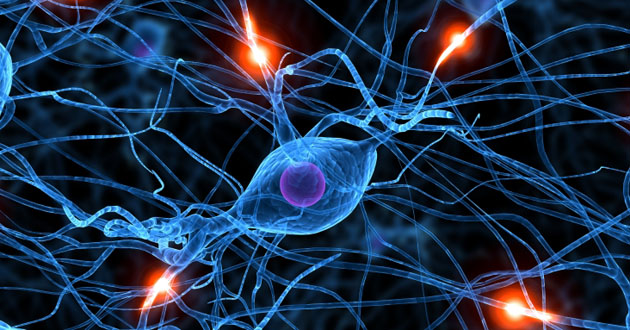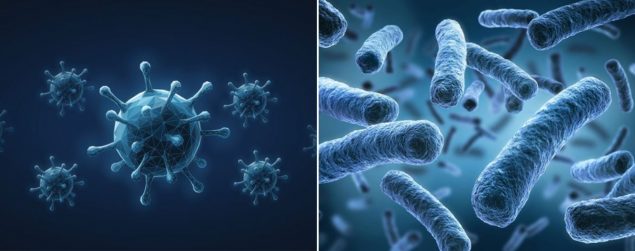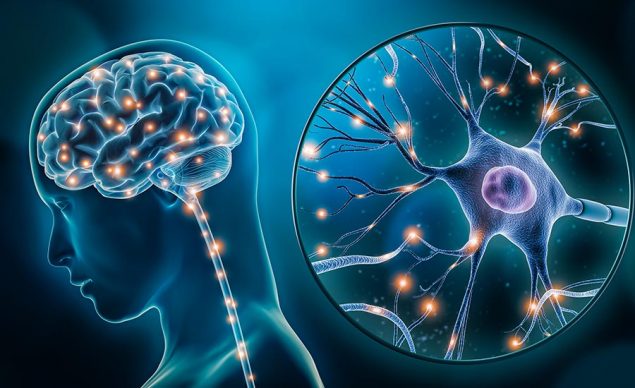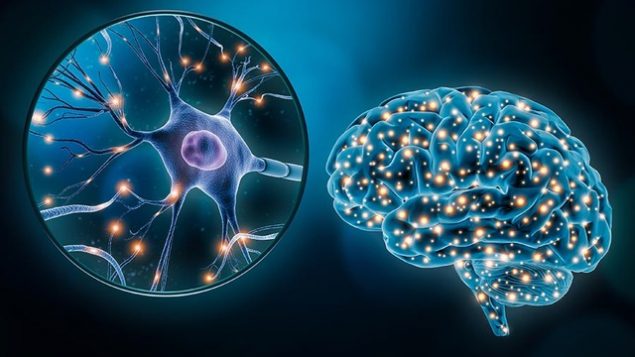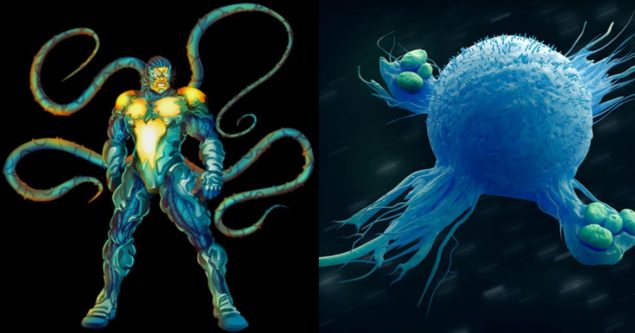Related Resources
The key to the makeup and function of the entire human body is the tiny yet powerful nerve cell.
Nerve cells are vital in preserving the health of our bodies, both internally and externally.
Without these cells — like our BioWarrior Sensurian, for example — it would be nearly impossible to transmit messages between the Central Nervous System, the brain and the immune system.
In this article, we will discuss what nerve cells are, explain what role they play in the body and share exactly how they fit into the Biowars’ BioCosmos!
Meet the heroes of the biowars universe!
What Is A Nerve Cell?
A nerve cell is the fundamental unit of communication and the primary cell within the central and peripheral nervous systems. Another name for nerve cell is a neuron.
Neurons receive and transmit sensory input from the external world, send motor commands to the body’s muscles and transform electrical signals from the brain into physical sensations.
Neurogenesis is the creation of new nerve cells in some parts of the brain right after birth.
The human body contains roughly 100 billion neurons interacting with other cell types.
86 billion neurons are located in the brain. Whether or not neurons can regenerate has been debated for some time – although the most recent research suggests that they can.
Neurons are structurally and functionally unique even though they have a lot in common with other types of cells.
What Is The Main Nerve Cell Function?
The main function of a nerve cell is sending and receiving the brain’s electrical signals. It does this through a change in its electrical potential, caused by the flow of ions (atoms with a positive or negative electrical charge) in and out of the neural membrane.
This change, called action potential, triggers chemical and electrical synapses — the gaps between nerve cells.
A chemical synapse contains a synaptic cleft, a presynaptic and postsynaptic ending. The action potential causes the release of neurotransmitter molecules which are the cells’ chemical messengers.
Neurotransmitters bind to dendrite receptors and excite the postsynaptic neuron, which triggers their own action potential. Neurotransmitters can also impede the postsynaptic neuron, which doesn’t trigger the action potential.
Electrical synapses happen when two nerve cells connect via gap junction, which is a smaller gap than a synapse. They facilitate the direct transfer of a positive electrical signal via ion channels and can only excite the nervous system and cause corresponding physical sensations.
Electrical synapses travel faster than chemical synapses but are less effective at transmitting signals because the signal weakens between neurons.
Nerve Cell Parts
Nerve cells vary in shape, size and structure depending on their location in the nervous system.
However, the majority of neurons consist of a cell body or soma, a nucleus, one big branching fiber or axon and multiple small dendrite branching fibred. A material called the myelin sheath wraps around the nerves in the brain and spinal cord to protect and insulate.
A neuron’s cell body or soma is its core which transports genetic information, supplies energy for physical activities and preserves the structure of the nerve cell. The soma consists of organelles and a nucleus. It is enveloped by a membrane which serves as its protection and as a medium for interacting with its surroundings.
An axon is a long cell formation that connects with the soma at axon hillock junction. The substance called myelin insulates the axon and helps it direct electric signals.
Dendrites branch out from the soma and receive and process signals that neuron axons send. Neurons can have numerous dendrites; multiple dendrites are known as dendritic trees. The number of dendrites a neuron can have depends primarily on their type.
Types Of Nerve Cells
There are thousands of different types of neurons that vary in their genetic makeup and function.
However, nerve cells are generally classified into three main types: motor, sensory and interneurons.
Motor neurons control the body’s voluntary and involuntary movements by allowing the brain to communicate with muscles, glands and organs. Motor neurons come in two subcategories: upper and lower.
Upper motor neurons transmit electric signals between the brain and the spinal cord, while lower nerve cells transmit signals from the spinal cord to the muscles.
For example, the spinal cord’s lower motor neurons send signals to the muscles in your stomach when you eat. The muscles contract and allow the food to move through the digestive tract.
Sensory neurons control the senses of taste, smell, sight, hearing and touch.
Inputs from the environment trigger sensory neurons. These inputs can be physical (such as touch, light or sound) or chemical (such as smell or taste).
For example, when you step barefoot on something sharp, your sensory neurons are activated on the soles of your feet. The neurons transmit a message to your brain which produces the sensation of pain.
Interneurons, the most common type of nerve cells, act as neuron intermediaries between the spinal cord and the brain. Interneurons transfer signals from motor neurons to sensory neurons and vice versa. They allow our bodies to respond to external stimuli by forming complex neural circuits.
For example, when you put your hand on a hot stove, sensory neurons in your hand send signals to your spinal cord. Interneurons in the spinal cord pass this signal to your brain’s pain center. They also pass the same signal to the motor neurons in your hand, causing you to pull your hand away from the stove.

Neurons In The BioCosmos
In the first issue of Biowars, we’re introduced to Sensurian, an agent of the Central Nervous System tasked with the essential mission of running sensitive messages directly between the Council of the Mind and the BioWarriors within the immune system.
As a leading messenger neuron, she shares information about microbe and virus troop movements and a command strategy that is absolutely vital to the survival of both her friends on the battlefield and the entire BioCosmos.
Much like nerve cells in the actual human body, Sensurian is electrically excitable, meaning she travels through the neural networks in the BioCosmos at blinding speeds, ushered on by the electrical and chemical signals coming from synapses.
That electric energy impacts Sensurian’s personality as well — she’s quick-witted, bright and has little patience for slowness. Nerve cells have no time to waste!
Sensurian proves that nerve cells are incredibly resilient, however, they can be damaged or die off like any other cells in the body.
Unlike other cells, however, many of these neurons cannot repair or renew themselves. Once they are damaged, the nervous system can feel the impact through certain illnesses and diseases.
In the Biowars comics, we meet Nero, a colleague of Sensurian’s and another high-ranking nerve cell that reports directly into the Council of the Mind. Unhappy with his role as a messenger, Nero strives for glory on the battlefield and engages in one-on-one combat with the invading pathogen leader Viron.
The battle unfortunately doesn’t go as planned, and Nero is simultaneously infected with the virus attacking Alex Hawking’s body and subjected to X-ray radiation from the outside world.
Rather than dying, as a normal neuron might do, Nero’s infection and exposure combine to force a painful mutation that transforms him into the cancerous Omni-Cell known as Carcin.
Following the transformation, Carcin possesses the abilities he did as a messenger nerve cell, the abilities of a B-Cell, and the abilities of a Macrophage, making him a massive threat to the entire BioCosmos – even larger than that of the attacking armies led by Viron and Raze.
If you want to learn more about the BioWarriors and see what happens with the rise of Carcin, check out our digital comic books and start reading today!

Wrapping Up On Nerve Cells
A neuron is one of the most important cells in human (and animal) bodies.
Neurons help us interpret external stimuli and other sensations and warn us about impending danger by sending signals to the brain. The brain then projects the sensation of pain or fear, causing us to react and preserve our wellbeing.
Neurons also play a role in more pleasurable sensations, enabling us to feel satisfaction and delight as well.
They come in different shapes and sizes and with different genetic markups, depending on their location in the body and the role they play.
The neuron’s complexity and importance cannot be ignored in the BioCosmos. Sensurian is the neuron agent in the BioWars series. She takes on vital task of delivering sensitive information that informs the battle strategy against viruses.
Her main sidekick, Nero, suffers a defeat at the hand of main pathogen, Viron, and turns into the malign cell Carcin.
What is your take on nerve cells and their role in the body? Do you know any interesting and fun facts about neurons? Let us know in the comments below!

